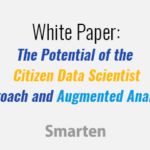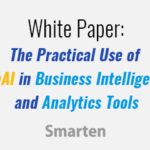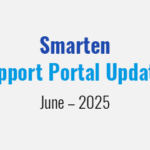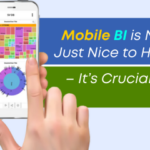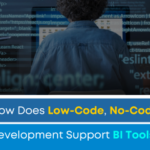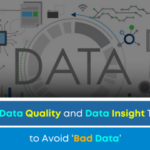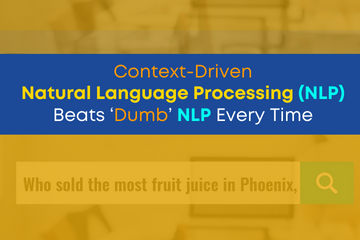
If you are an avid reader of technical research or industry journals, you probably know about Natural Language Processing or NLP. If you don’t know about it, you certainly use it every day – whether you know it or not! When you search using Google, you are using natural language and that makes it easier for you to develop a question and get an answer. Ask a question and get an answer. It’s that simple!
But, when it comes to analytics, NLP is typically much more restrictive. Talk all you want about machine learning and natural language processing but the boundaries and restrictions placed on these concepts in a typical analytical solution do not make it as easy as business users might like.
Remember that your business team members are also consumers outside the walls of the office and they use and appreciate the ease of Google searches. Here, a consumer might ask, ‘how many ounces in a pound’, or ‘what is the tallest building in the world’, and they get an immediate answer. THAT is what they want in analytics as well and if you don’t give it to them, they are unlikely to adopt the analytical tools you invested in or to achieve the results you wanted for optimizing resources, improving productivity and, most importantly, engaging in fact-based decision making that will improve the business bottom line.
So, what, if anything can one do about the disconnect between the ease of use of analytics and the typical NLP solution? To answer this question, we first need to understand the difference between standard natural language processing in analytics (AKA Dumb NLP) and context-driven searching using natural language processing (AKA Intuitive NLP).
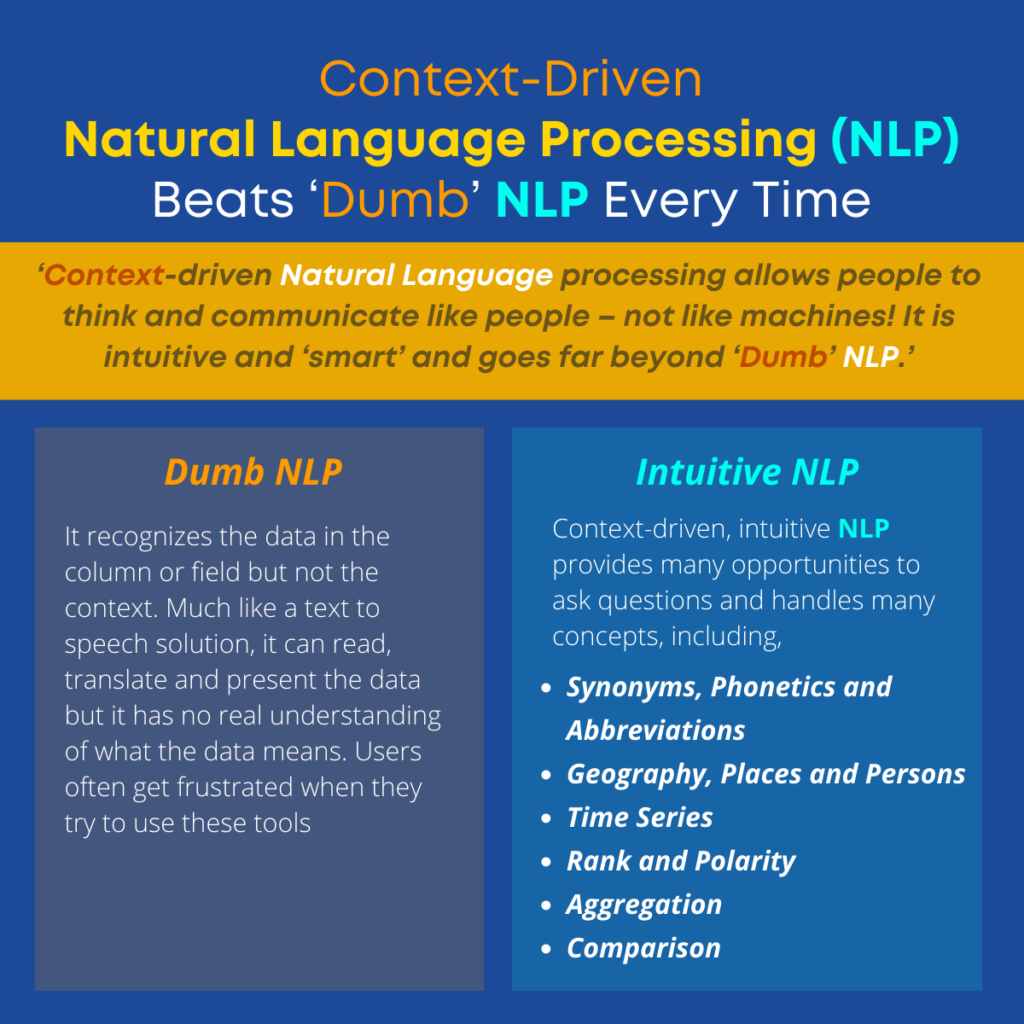
Context-driven natural language processing allows people to think and communicate like people – not like machines! It is intuitive and ‘smart’ and goes far beyond ‘dumb’ NLP.
Dumb NLP: The use of NLP in analytics provides the basic foundation to get a user into the details of the data and allow them to choose and filter using columns and filters. It recognizes the data in the column or field but not the context. Much like a text to speech solution, it can read, translate and present the data but it has no real understanding of what the data means. Users often get frustrated when they try to use these tools because they have to wade through the choice of columns, click on menus and sift through scripts and when the NLP query results are presented, they may discover that they did not get what they wanted because they omitted or included some inappropriate data.
Intuitive NLP: Context-driven natural language processing allows the user to think of a question and ask that question in a way that supports human thought, and natural communication. Context-driven NLP ‘understands’ and interprets the question and the user intention so, for example, if a user wants to find sales results for a product sold during the ‘Thanksgiving’ season, they do not have to know the date for a particular year or years. They can simply ask the question. ‘How many donuts were sold in Scottsdale, Arizona during Thanksgiving 2019 and 2018? The system will understand the question and interpret it to provide the right information.
Much like your best friend can understand your intent and respond to a question without your being concise or detailed, context-driven NLP can handle the subtleties and the context without the need for excruciating detail and restrictive programming or scripting.
Ask, ‘What was the best day of bakery sales in Tucson Az last year?’, and the system will know that, a) the ‘best day’ means best day of sales for you, that b) bakery sales means all items that fall within the bakery category in your product portfolio, such as cake, brownies, croissants, cookies, bread etc., c) that Az means Arizona and that d) last year was 2019. Just ask the question…and you will get an answer. It’s that simple.
Context-driven, intuitive NLP provides many opportunities to ask questions and handles many concepts, including,
Synonyms, Phonetics and Abbreviations – Enter question and the system will recognize and process information correcting for spelling errors, abbreviations and related words.
Geography, Places and Persons – Enter a question and allow the system to identify a person or place automatically, and give the answer in context of person or geo location.
Time Series – Enter a question and receive results based on absolute time, or on a range or relative time period.
Rank and Polarity – Enter a question and receive results based on a determination of ‘higher’ or ‘lower’ results.
Aggregation – Enter a question to understand results for averages, minimum, maximum, first, last, sum, counts, etc.
Comparison – Explore how sales or other factors compare from one region, year or variable to another.
Context-driven natural language processing allows people to think and communicate like people – not like machines! It is intuitive and ‘smart’ and goes far beyond ‘dumb’ NLP by offering tools that users will want to leverage and interacting with users in a way that is meaningful to them. Your business users don’t need have to use or understand sophisticated skills to create a query or ask a question. They don’t have to wade through five or ten steps to create a query. With context-driven NLP, users just have to think of a question and type that question and they will get the answers they need.
Make your business more productive, optimize resources, empower your team members and allow them to make confident, fact-based decisions and to solve problems and get the information they need to do their job – without stress or time-consuming training or procedures! THAT is the difference between using ‘dumb’ NLP and using intuitive (context-driven) NLP in analytics.
Original Post : Context-Driven Natural Language Processing (NLP) Beats ‘Dumb’ NLP Every Time!



